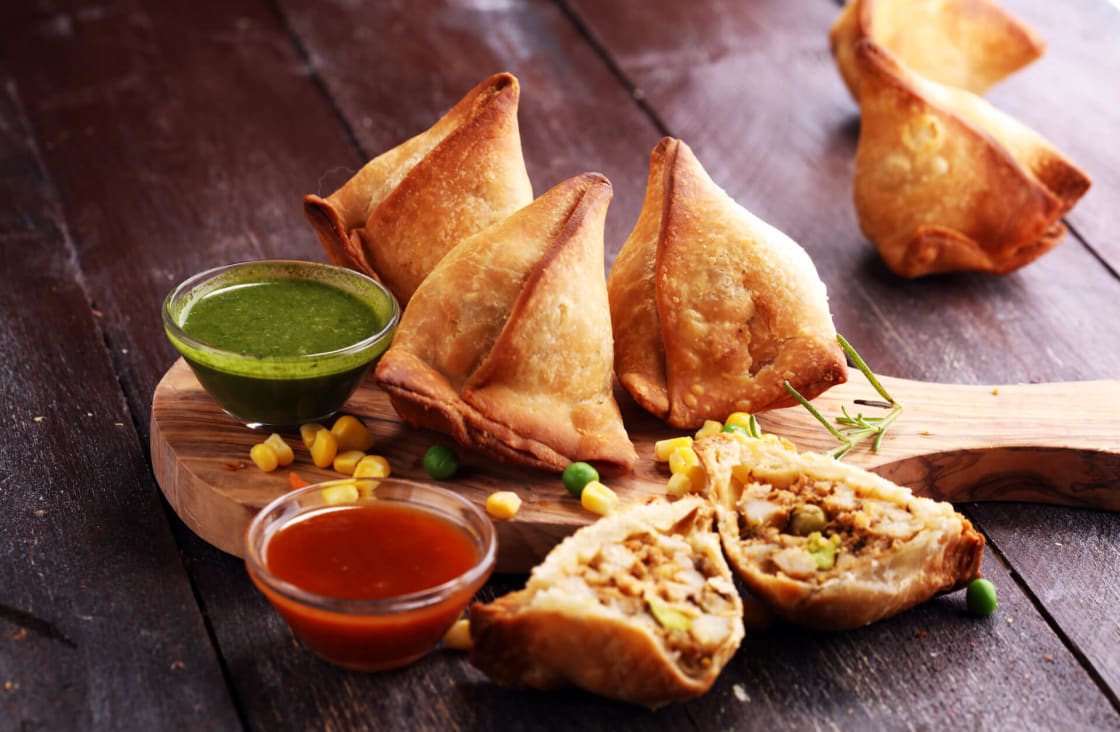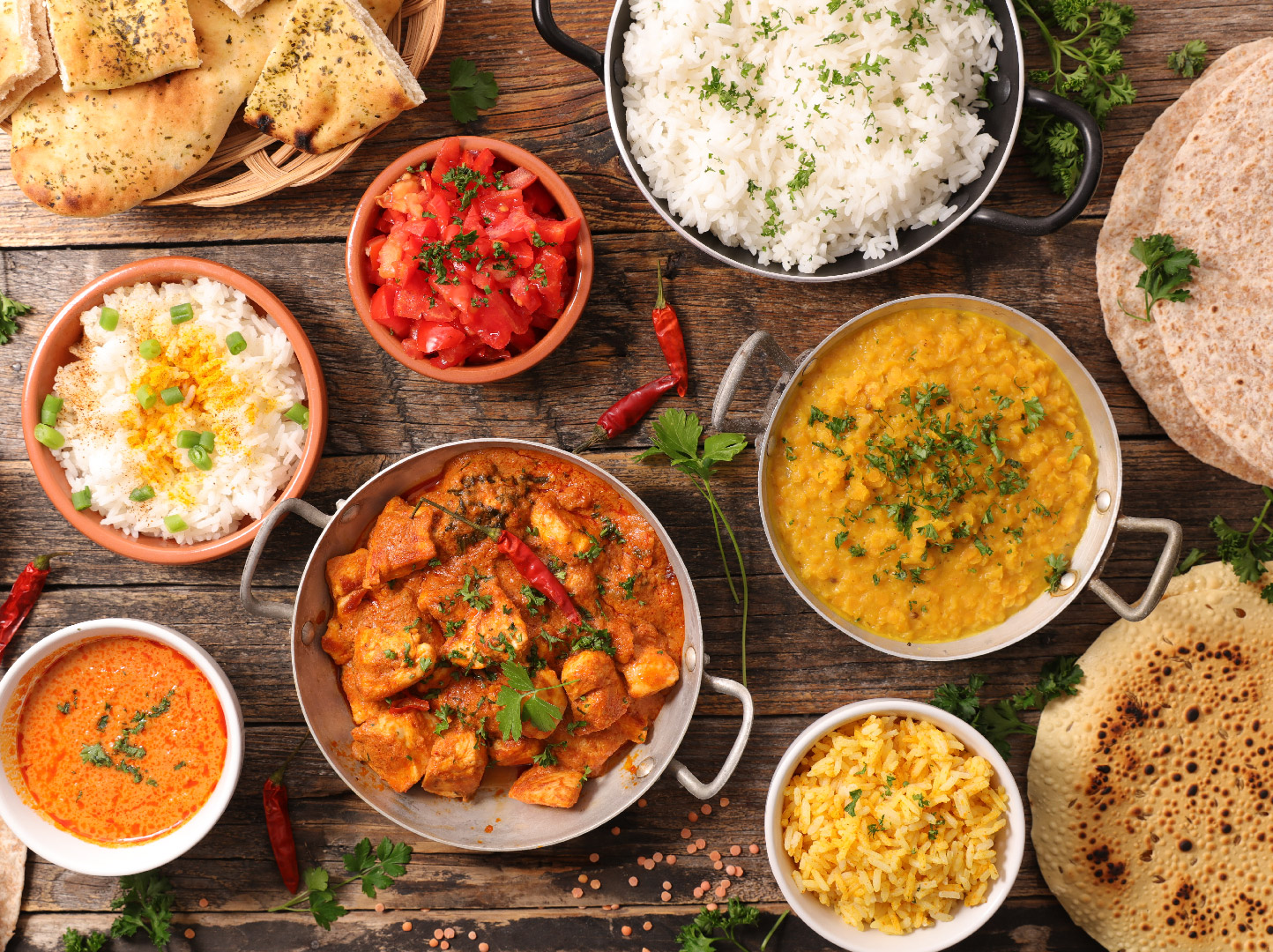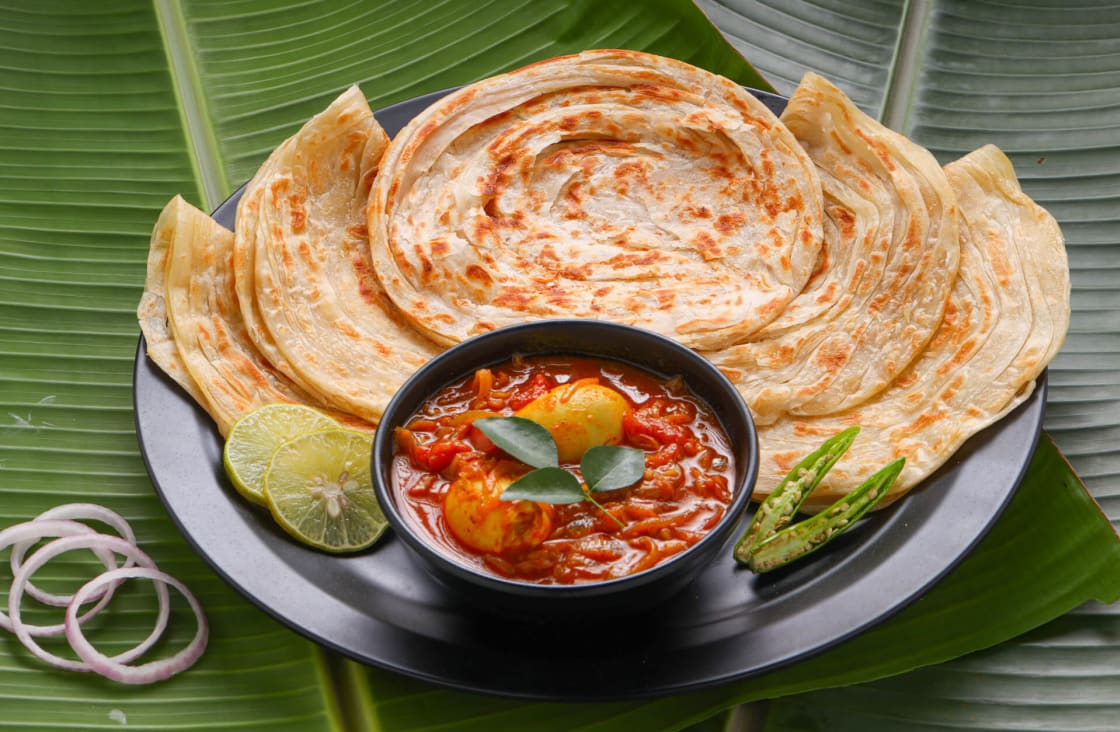How do you respond to Namaste?

When greeted with the traditional Indian greeting "Namaste," many people wonder how they should respond. Understanding the cultural significance of this greeting and knowing the appropriate response can help you show respect and politeness in social interactions.
According to the customs of Indian culture, "Namaste" is a common greeting that conveys respect and reverence. It is often used when people meet or say goodbye to each other, and it is a way of acknowledging the divine spark or spirit within each individual. In essence, "Namaste" is a way of expressing gratitude and honoring the other person's presence.
So, how should you respond to "Namaste"? The appropriate response is to say "Namaste" back. By returning the greeting, you are reciprocating the respect and goodwill expressed by the other person. It is a simple yet meaningful way of acknowledging the other person's presence and showing mutual respect.
It is important to note that when saying "Namaste," the hands are typically pressed together in front of the chest in a prayer-like gesture, with the fingertips pointing upwards. This hand position is known as the Anjali Mudra, and it is a sign of respect and devotion in Indian culture.
When responding to "Namaste," you can also adopt the same hand gesture by placing your hands together in front of your chest and saying "Namaste" back. This not only shows respect for the other person but also demonstrates your understanding of the cultural significance of the greeting.
Overall, responding to "Namaste" is a simple yet powerful way to acknowledge the divine spark within each individual and show respect for the other person's presence. By understanding the customs and traditions behind this greeting, you can engage in social interactions with grace and courtesy.



